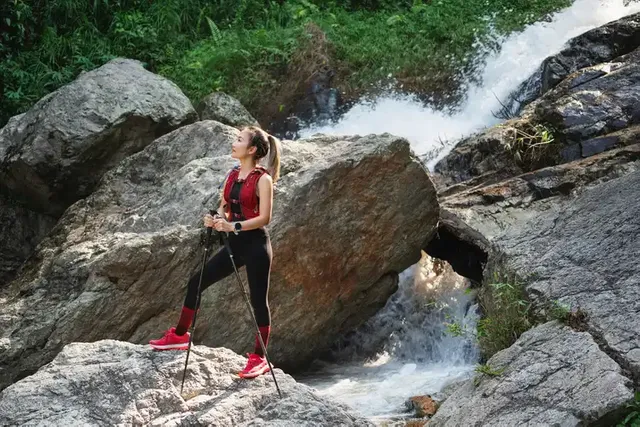10 Trekking Secrets Every Hiker Should Know
Trekking can be an exhilarating way to connect with nature, build endurance, and witness breathtaking views. Whether you're a seasoned hiker or new to the trails, there are some lesser-known tips that can make your journey safer, more enjoyable, and even a bit easier. Here are ten trekking secrets that every trekker should keep in mind!
1. Train with a Weighted Backpack
It's no secret that carrying a heavy backpack can make trekking more challenging. To prepare, practice hiking or walking with a loaded backpack, even on shorter, local hikes. Start with lighter weights and gradually add more, so by the time you hit the real trails, carrying extra weight feels natural.
2. Break In Your Gear Before the Trek
Don’t wait until the first day of your trek to test out new boots, clothes, or a backpack. Hiking with uncomfortable or untested gear can lead to blisters, chafing, or other problems that could cut your adventure short. Spend time breaking in your boots and wearing your gear on practice hikes to ensure it’s comfortable and functional.
3. Master Efficient Packing
Every ounce counts when trekking. Only pack essentials, and think about the weight and utility of every item. Roll your clothes to save space, opt for multipurpose items, and make sure to keep frequently used items accessible, such as snacks, a water bottle, and a rain jacket.
4. Stay Hydrated but Drink Smartly
Hydration is crucial, but drinking too much at once can leave you feeling bloated or needing frequent bathroom breaks. Instead, sip small amounts of water consistently throughout the day. To keep water intake more balanced, drink slightly salted water or add electrolyte tablets to prevent dehydration and avoid “water poisoning.”
5. Snack Like an Expert
Energy on the trail is essential, so bring a variety of high-energy snacks that provide both quick and long-lasting fuel. Nuts, dried fruits, granola bars, and dark chocolate are excellent choices. Avoid sugary snacks that lead to a crash and focus on protein, fats, and complex carbs for sustained energy.
6. Get in the Zone with a Steady Pace
It’s easy to get caught up in the excitement of starting your trek, but racing out too fast can burn you out early. Find a steady, sustainable pace that allows you to enjoy the scenery without overexerting yourself. Seasoned trekkers often use a rhythmic pace that combines their breathing with steps, allowing them to maintain energy for hours on end.
7. Practice Breathing Techniques
Breathing deeply and slowly can help you adjust to higher altitudes and prevent exhaustion. Some hikers use a 4-7-8 breathing technique: inhale for 4 seconds, hold for 7 seconds, and exhale for 8 seconds. This helps regulate oxygen levels and can reduce shortness of breath at higher elevations.
8. Use Trekking Poles Properly
Trekking poles can help reduce stress on your knees, especially when going downhill, but they need to be used correctly. Adjust the poles so your elbows are at a 90-degree angle when gripping them. On flat terrain, keep the poles behind you to propel forward. Going uphill, use shorter strides and keep poles close to your body; going downhill, extend the poles for stability.
9. Prioritize Foot Care
Feet are the backbone of trekking, so take good care of them. Bring along blister prevention tape, wear moisture-wicking socks, and stop immediately if you feel any irritation. Applying petroleum jelly on your feet before setting out can reduce friction, and carrying a spare pair of socks can be a lifesaver if your feet get wet.
10. Set Up Camp Wisely
If you're camping overnight, choose a campsite wisely. Look for areas that are sheltered from wind, away from water sources to avoid flooding, and on slightly elevated ground to prevent moisture from seeping into your tent. For extra comfort, position your tent with the door facing downhill or downwind to reduce condensation buildup.
Final Thoughts
With these trekking secrets, you'll be better prepared for both the anticipated and unexpected challenges that come with trekking. So, next time you’re planning a trek, keep these tips in mind. A little extra preparation can go a long way toward ensuring a memorable and successful adventure on the trails. Happy trekking!
